![图片[1]-Revolutionizing Rice Farming: UAV Herbicide Applicators for Precision Weed Control in Paddy Fields-msoen](https://www.msoen.com/wp-content/uploads/2025/04/0e151c96c1214759-768x1024.jpg)
Rice paddies, critical to global food security, face mounting challenges from labor shortages, rising herbicide costs, and environmental concerns. Traditional manual weeding and blanket herbicide spraying are inefficient, costly, and eco-detrimental. Enter rice paddy UAV herbicide applicators—unmanned aerial vehicles (UAVs) engineered to deliver precise herbicide applications, transforming weed management in flooded rice fields. This article explores how these drones address unique paddy challenges, their technological advantages, and their role in sustainable agriculture.
- Understanding Rice Paddy UAV Herbicide Applicators
These specialized drones are equipped with high-precision nozzles, multispectral sensors, and AI-driven software to map and treat weeds in rice paddies. Unlike conventional drones, they are waterproof, capable of low-altitude flight in humid conditions, and designed to navigate dense rice canopies. Key features include:
- Multispectral imaging: Identifies weed hotspots by analyzing plant health and chlorophyll levels.
- Variable-rate nozzles: Adjust herbicide dosage based on weed density and type.
- Obstacle avoidance: Uses LiDAR or cameras to maneuver around rice stalks and field boundaries.
- Advantages Over Traditional Methods
A. Enhanced Precision and Reduced Chemical Use
Rice paddies often host diverse weed species, requiring targeted interventions. UAVs apply herbicides only to infested zones, cutting chemical usage by 40–60% while minimizing harm to rice plants. For example, selective spraying avoids damaging rice roots during the critical tillering stage. B. Speed and Labor Efficiency
Manual weeding in flooded fields is labor-intensive and time-consuming. Drones can treat 5–10 acres per hour, even during peak monsoon seasons, reducing reliance on scarce manual labor. C. Environmental Sustainability
By reducing herbicide runoff into surrounding ecosystems, UAVs align with eco-friendly farming practices. Studies show a 30% decrease in groundwater contamination compared to broadcast spraying. D. Adaptability to Paddy Terrain
Unlike tractors, drones operate seamlessly in waterlogged fields, ensuring consistent coverage in uneven or densely planted areas.
- Applications in Rice Cultivation
A. Early-Stage Weed Management
Drones detect and treat weeds during the seedling phase, preventing competition for nutrients. Early intervention can boost yields by 15–20%. B. Targeted Herbicide Application
Species-specific programming allows drones to address invasive weeds like Echinochloa spp. (barnyard grass) without harming beneficial plants. C. Post-Flood Recovery
After flooding, drones quickly assess weed damage and apply recovery treatments, minimizing yield losses.
- Challenges and Solutions
A. Technical Limitations
- Battery life: Rice paddies often require prolonged flight times. Solution: Swarms of small drones or rapid-charge stations.
- Sensor accuracy: Overlapping rice stalks can obscure weeds. Solution: AI algorithms trained on paddy-specific imagery. B. Regulatory Hurdles
Some regions restrict UAV use in wetlands. Solution: Collaborate with local agricultural agencies to demonstrate compliance and safety. C. Cost Barriers
Initial investments range from $15,000 to $50,000. Solution: Government subsidies or pay-per-acre subscription models for smallholders.
- Future Innovations
The rice paddy UAV sector is poised for rapid growth, driven by:
- Swarm technology: Coordinated fleets of drones treating vast fields autonomously.
- Herbicide-drone integration: Onboard mixing systems for customized chemical blends.
- IoT integration: Drones syncing with soil moisture sensors and weather forecasts for optimal timing.
- Best Practices for Implementation
- Start with pilot projects: Test drones on small plots to refine application maps.
- Train operators: Focus on paddy-specific navigation and sensor data interpretation.
- Combine with ground-based scouting: Use drones for initial mapping, then validate with manual checks.
- Monitor environmental impact: Regularly test nearby water quality to ensure compliance with sustainability goals.
Conclusion
Rice paddy UAV herbicide applicators are redefining weed management in one of the world’s most challenging farming environments. By merging precision agriculture with cutting-edge drone tech, these tools offer a scalable, eco-conscious solution to rising herbicide resistance and labor gaps. As costs decline and regulations adapt, UAVs will likely become indispensable for sustainable rice production, ensuring food security in a changing climate.
Final Thought: Embracing UAVs isn’t just about efficiency—it’s about stewarding rice paddies for generations to come.

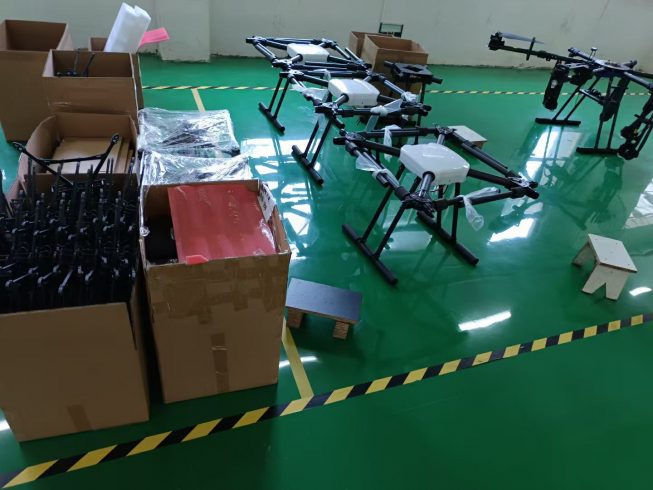
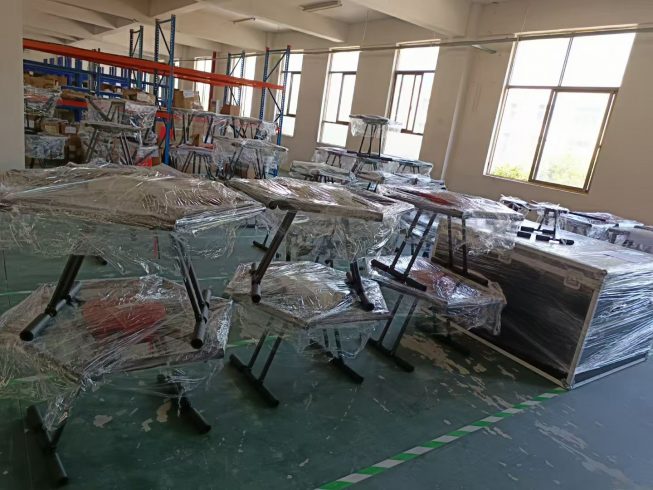

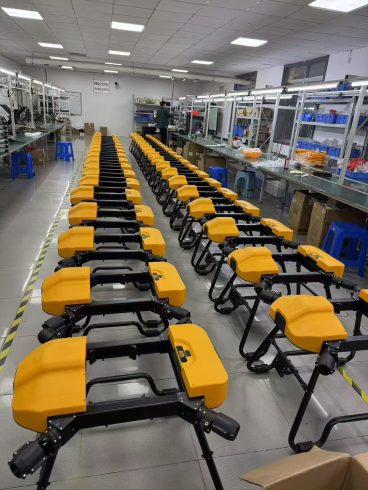
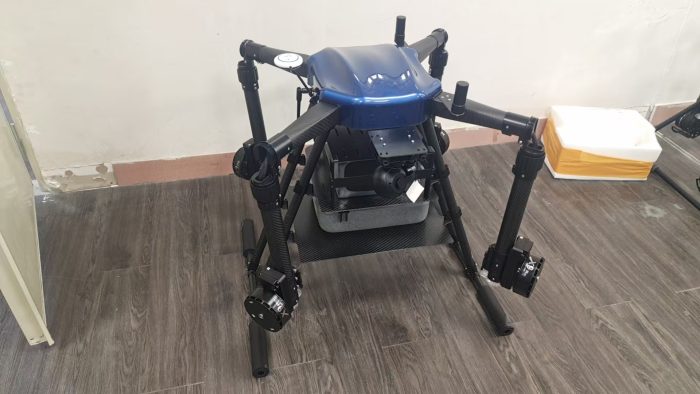

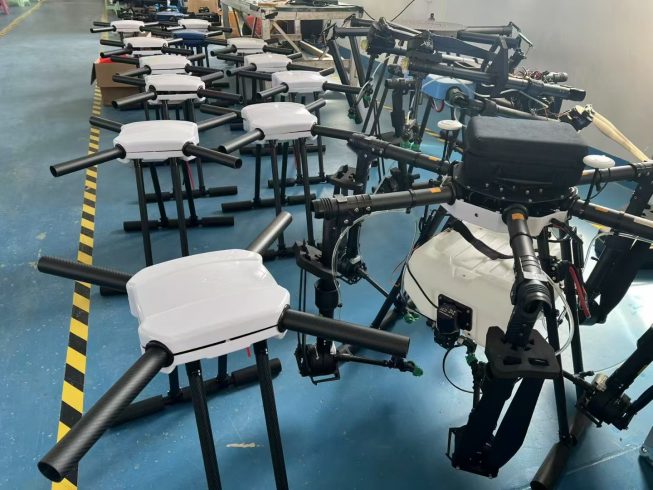
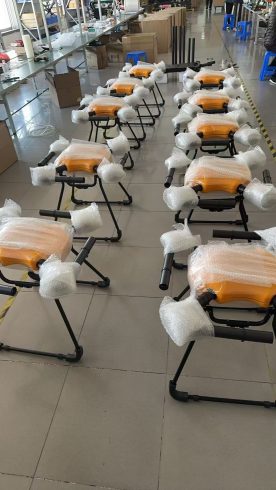
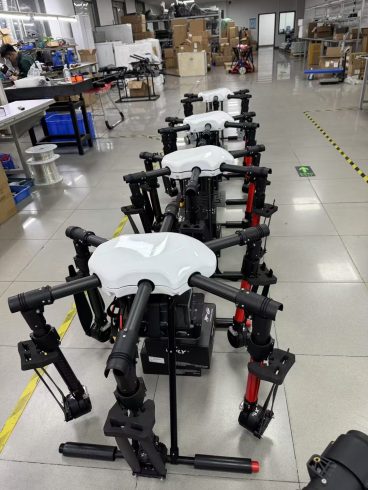
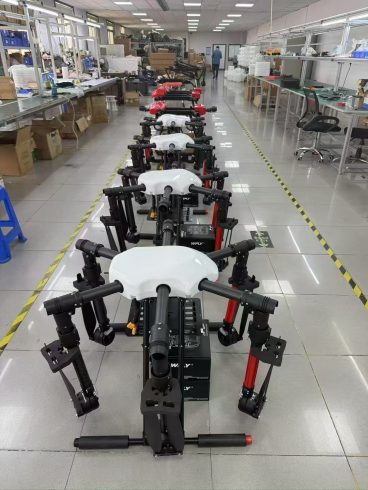

暂无评论内容